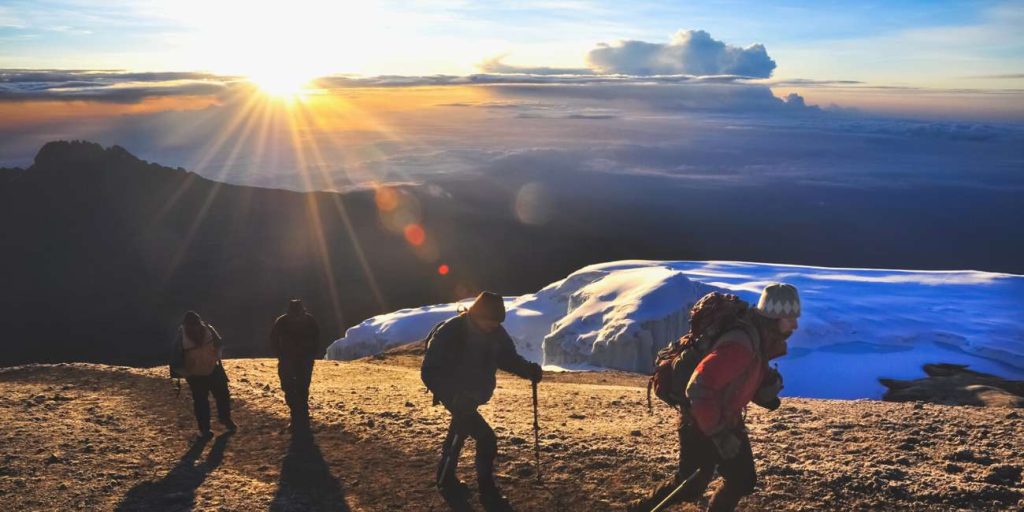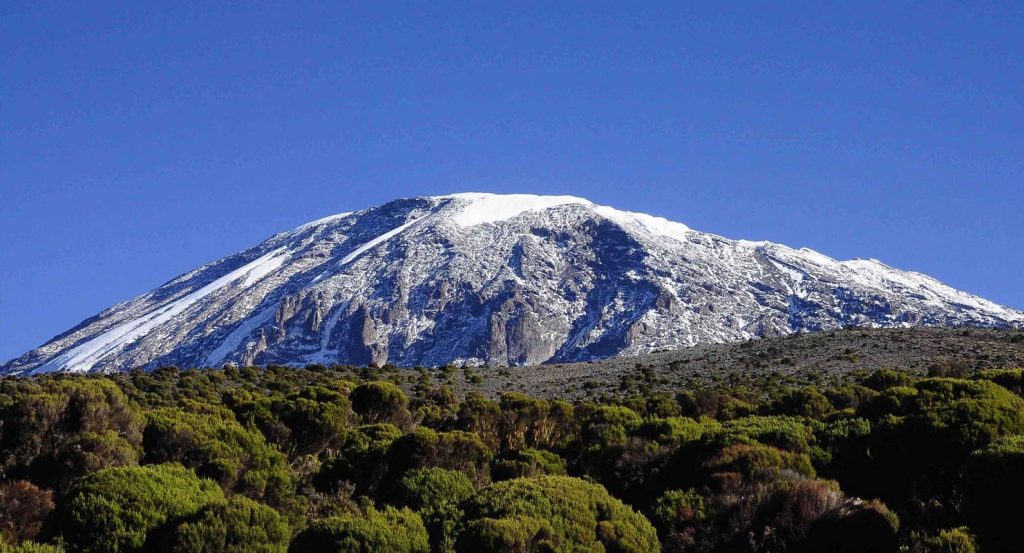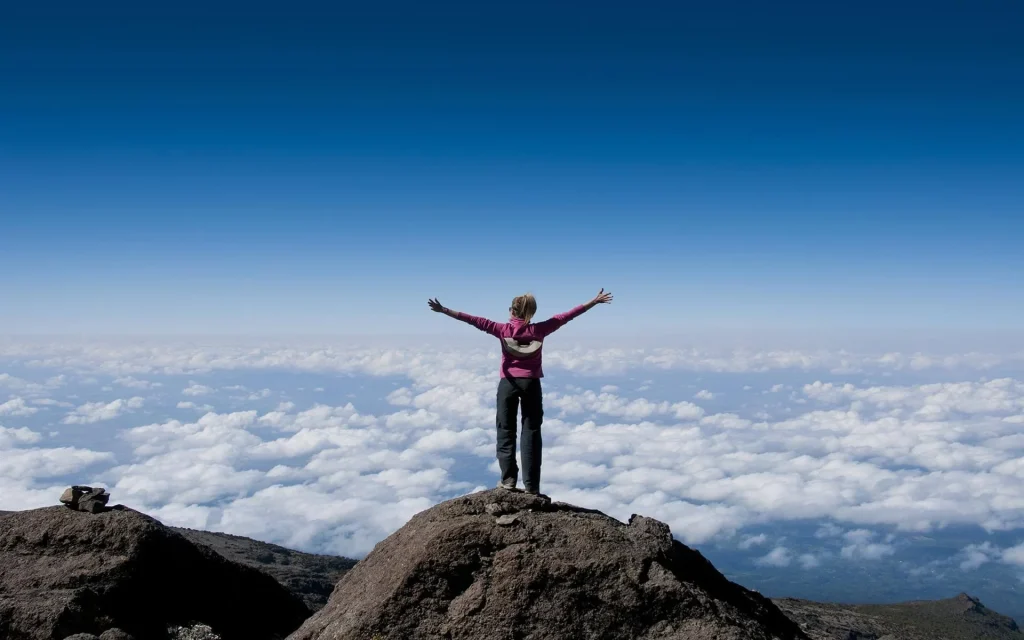Kilimanjaro National Park
What Makes Kilimanjaro So Special
Kilimanjaro National Park, located in northern Tanzania, is home to the iconic Mount Kilimanjaro, the highest peak in Africa and the tallest free-standing mountain in the world at 5,895 meters (19,341 feet). The park’s centerpiece, Mount Kilimanjaro, is a dormant volcano with three distinct cones: Kibo, Mawenzi, and Shira. This UNESCO World Heritage Site attracts adventurers from around the globe who come to challenge themselves by climbing to its snow-capped summit or explore its diverse ecosystems that range from lush rainforests to alpine deserts.
The park is rich in biodiversity, offering habitats to various wildlife species such as elephants, buffaloes, colobus monkeys, and leopards. The rainforest zone, which surrounds the lower slopes of the mountain, is particularly vibrant, teeming with colorful birds, insects, and unique plant species. As visitors ascend, they pass through distinct ecological zones, each with its own flora and fauna, culminating in the dramatic and barren summit landscape, which offers unparalleled panoramic views.
In addition to mountaineering, Kilimanjaro National Park offers other activities like day hikes, cultural tours to nearby Chagga villages, and birdwatching. These experiences provide insight into the traditions of local communities and the incredible natural beauty of the area. Whether you’re scaling the heights of Kilimanjaro or exploring its foothills, the park offers a unique combination of adventure, natural wonder, and cultural richness that makes it one of Tanzania’s most treasured destinations.
Top Kilimanjaro Safari Activities



Mountaineering (Climbing Kilimanjaro)
The ultimate adventure in the park, climbing Mount Kilimanjaro, Africa’s highest peak, attracts trekkers worldwide. Several routes, such as Machame, Marangu, and Lemosho, offer different levels of difficulty and scenic variety. The climb takes you through five ecological zones, culminating in the summit at Uhuru Peak.
Day Hikes
For those not looking to summit, shorter hikes on the lower slopes offer opportunities to explore the mountain’s lush rainforests and scenic views. Popular day trips include hikes to Mandara Hut or nearby waterfalls such as Materuni or Ndoro.
Wildlife Viewing
Explore the diverse wildlife in the lower forest zones, including elephants, buffaloes, colobus monkeys, blue monkeys, and various bird species. The rainforest is especially vibrant, offering close encounters with unique flora and fauna.
Birdwatching
Kilimanjaro is a birdwatcher’s paradise, with over 150 species of birds, including the Malachite Sunbird and Hartlaub’s Turaco. The lower forest and heath zones are the best spots for birdwatching.
Cultural Tours
Visit nearby Chagga villages to learn about the local culture, traditions, and coffee farming. Engage in traditional food preparation, dances, and storytelling while enjoying the breathtaking views of the mountain.
Camping
Camping is a popular option during multi-day climbs, offering a chance to experience Kilimanjaro’s starry skies and tranquil surroundings.
Scenic Photography
Capture the beauty of Mount Kilimanjaro, with its snow-capped peak, diverse ecosystems, and unique wildlife. The best shots include sunrise or sunset views of the mountain.
The best time to visit the Serengeti depends on what you want to experience, as each season offers unique highlights
January to mid-March and June to October are ideal for climbing due to stable weather and optimal trekking conditions.
November to December is a good option for fewer crowds and mild rains.
Avoid March to May unless you’re prepared for muddy trails and reduced visibility.

